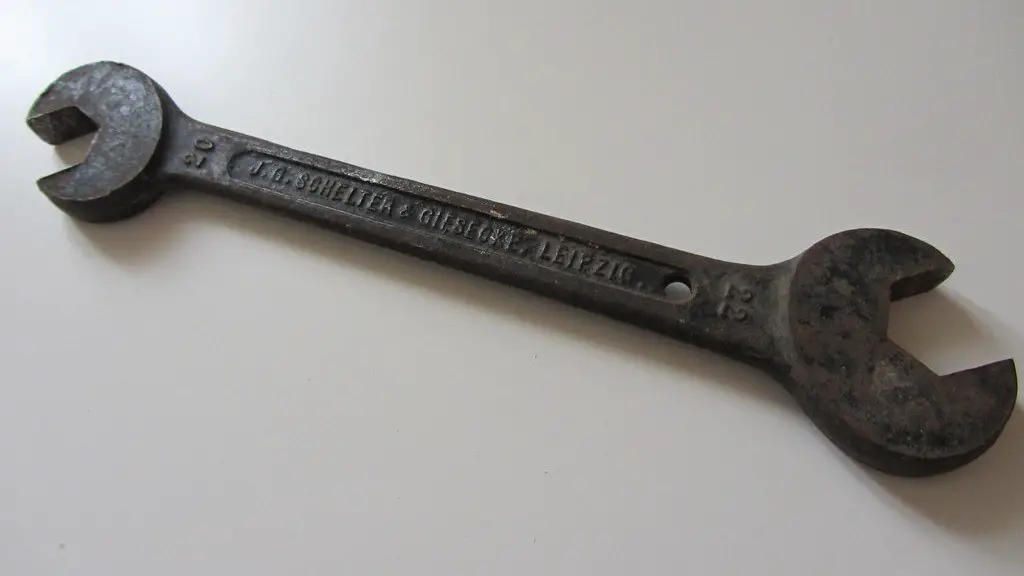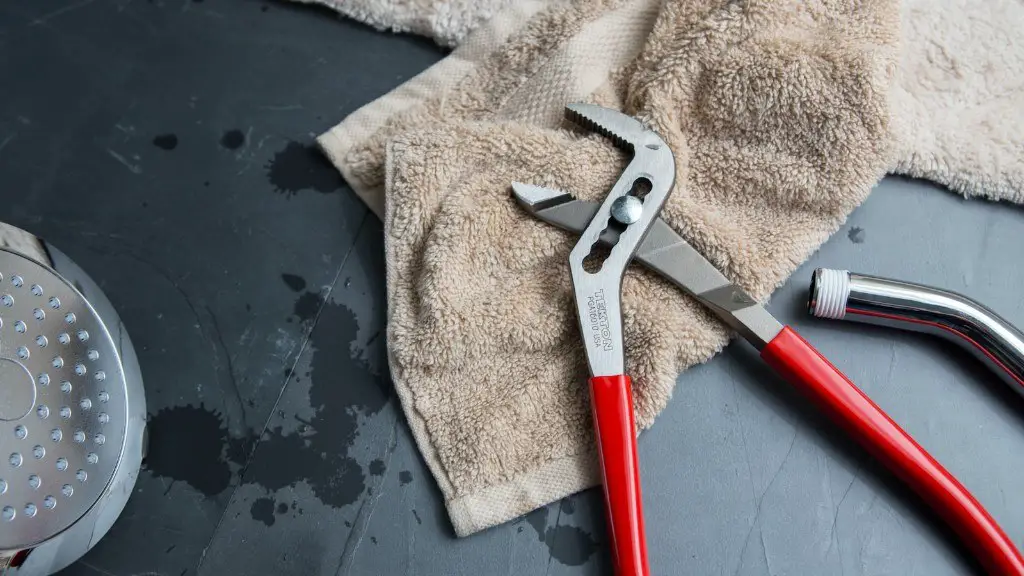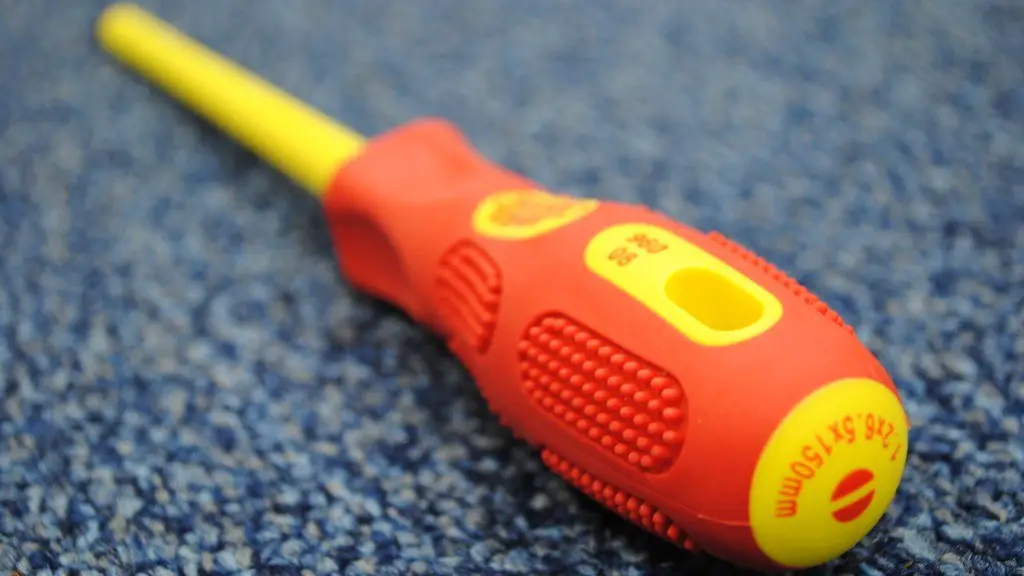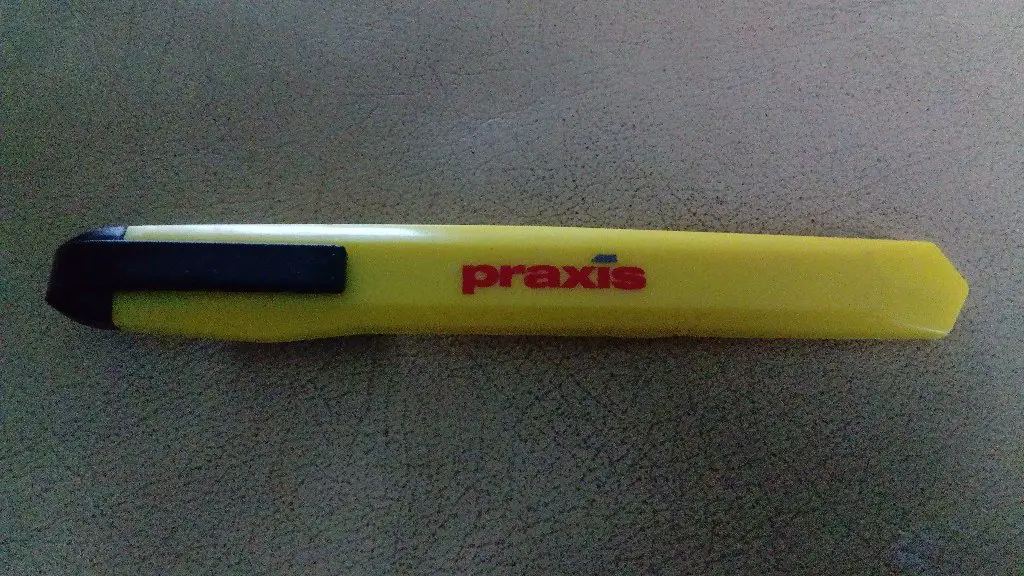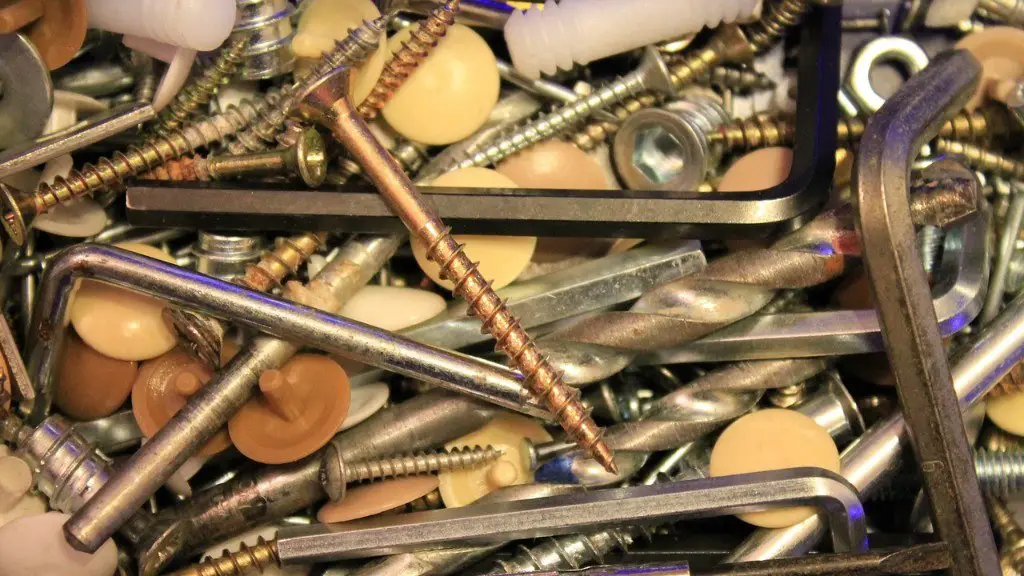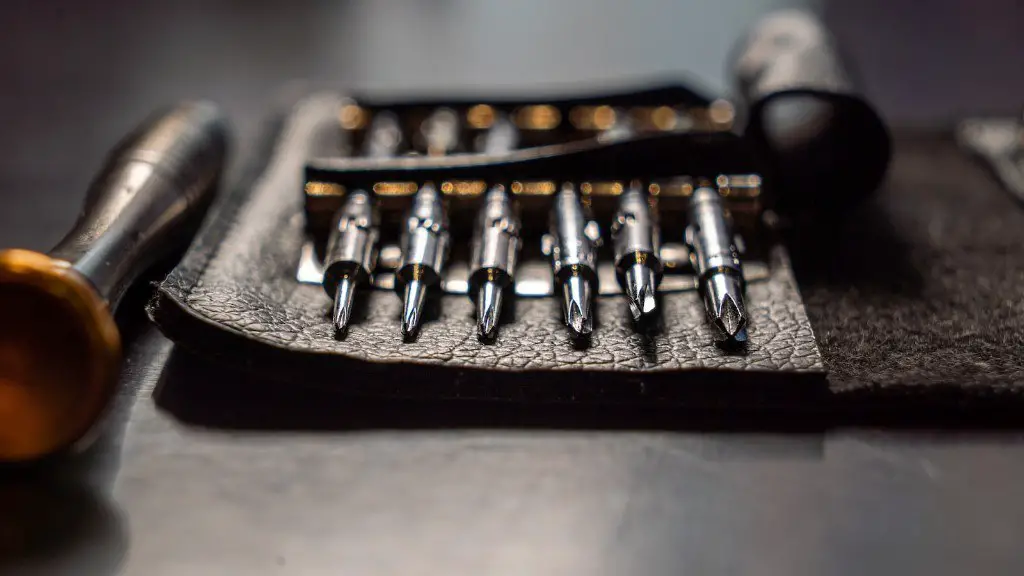Spanners are one of the most basic and essential tools that you can use to fix just about anything. They come in all shapes and sizes, and each type of spanner is designed for a specific purpose. In this guide, we’ll show you how to use a spanner to loosen or tighten a variety of nuts and bolts.
First, determine which size spanner you need for the job. Second, insert the spanner into the hole or bolt head. Third, apply pressure to the spanner to turn the bolt or loosen the nut. Finally, remove the spanner and check to see if the bolt is loose or the nut is off.
Which way do you turn a spanner?
When you need to tighten or loosen a nut, you will need to use a wrench. To use a wrench, you will need to turn it in a clockwise direction to tighten it, or counter-clockwise to loosen it. Keep on turning it until the nut is tight or loose enough to remove. Once you have finished, you can remove the wrench by loosening the screw mechanism.
Spanner wrenches are a type of wrench that is often used in plumbing to help repair leaky pipes or faucets. They are smaller and lighter than pipe wrenches, which allows them to be used in hard-to-reach areas. In addition, spanner wrenches provide enough turning force to open pipe connections that have been untouched for many years.
Should you push or pull a spanner
When using a wrench, always pull rather than push for greater control and balance. This way, if the nut or bolt should suddenly loosen, you’re less likely to go flying. Never try to get more torque from a wrench by using a cheater bar or other device to extend the leverage.
A spanner is a handy tool to have around the house or garage, especially if you don’t have a full set of wrenches. It can be used on most types of nuts and bolts, and is adjustable to fit a variety of sizes.
Why is a wrench called a spanner?
A spanner is a tool for winding the spring of a wheel-lock firearm. It is also used to tighten or loosen nuts and bolts.
A spanner is a wrench that has a hole, projection, or hook at one or both ends of the head for engaging with a corresponding device on the object that is to be turned.
What are the 4 basic types of spanners?
Open end spanners have one open side while the other side is either closed or has a ring. This type of spanner is used to hold the nut in place while the bolt is being tightened or loosened.
Double end spanners have two open ends, which are used to hold both the bolt and the nut simultaneously. This type of spanner is ideal for use in confined spaces.
Ring spanners have a ring on one end, which is used to hold the nut in place while the bolt is being tightened or loosened.
Socket spanners have a socket on one end, which is used to hold the bolt head or the nut in place while the other end is used to turn the bolt or the nut.
Combination spanners are a combination of both open end and ring spanners, and have one open end and one ring.
Hook spanners have a hook on one end, which is used to hold the bolt head or the nut in place while the other end is used to turn the bolt or the nut.
Adjustable spanners have an adjustable jaw, which can be opened or closed to accommodate different sizes of bolts and nuts.
There are three different types of spanners:
1. Open-end or single-end spanner
2. Double-ended spanner
3. Ring spanner
Why do we use a spanner to unscrew a nut
When you’re trying to unscrew a nut that’s tightly fitted to a bolt, using a wrench with a longer arm will give you more leverage and make it easier to loosen the nut. So if you’re having trouble getting a nut loose, try using a wrench with a longer handle.
There are a few things to keep in mind when using a wrench:
-The handle of the wrench will run across your palm and in between your thumb and pointer finger. Your fingers should close around the handle.
-Recall that a longer handle gives you more leverage. Hold the wrench near the end of the handle for the greatest amount of leverage.
-When tightening a bolt or nut, turn the wrench in a clockwise direction. To loosen, turn the wrench counterclockwise.
Why do we prefer a spanner?
The above solution is based on the equation for the turning effect of force, which is Tau = r x F. This equation states that the larger the r (the distance from the fulcrum to the point where the force is applied), the smaller the force required to produce the same turning effect. Therefore, a spanner with a longer arm will require less force to produce the same turning effect as a spanner with a shorter arm.
Ring spanners grip the entire fastener head, which allows for more torque to be applied to the fastener. This is especially useful when loosening or tightening large nuts and bolts. The ring can be ergonomically designed, for example angled, offset or deeply offset, which makes it more comfortable to use.
What do Americans call a spanner
In the United Kingdom, Ireland, Australia, and New Zealand, the word “spanner” is used to refer to a wrench. In North America, the word “wrench” is used. Both words can be used interchangeably to refer to a tool that is used to turn bolts or screws.
An adjustable spanner/wrench is a handy tool to have around the house or workshop, as it can be used on a variety of different sized fasteners. The jaw of the spanner can be moved to adjust to the size of the nut or bolt head, making it a versatile tool for many different applications.
Do Americans say spanner?
The terms “wrench” and “spanner” are often used interchangeably in Britain, because the USA and European markets are linked. However, in the USA, the word “wrench” is used almost entirely instead of the word “spanner.”
A spanner is someone who is not very intelligent or who makes a lot of mistakes. This term is used specifically in Britain and Ireland and is meant to be mildly derogatory.
Warp Up
There are several ways to use a spanner, depending on the type of spanner and the task you are trying to accomplish. Always consult the spanner’s instruction manual before use. Generally speaking, you will position the spanner on the desired object, then apply pressure to rotate the spanner in the desired direction.
A spanner is a type of wrench used to turn bolts and nuts. The size of the spanner will depend on the size of the bolt or nut. To use a spanner, first determine which way to turn the bolt or nut – left or right. Place the spanner on the bolt or nut and turn in the appropriate direction.
